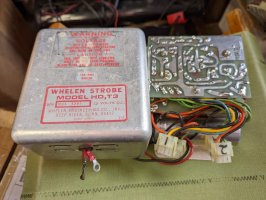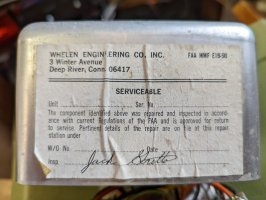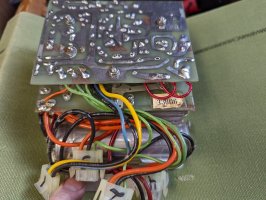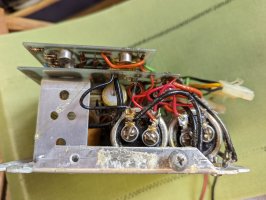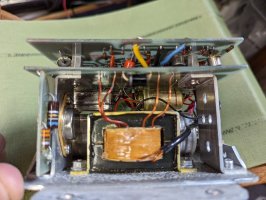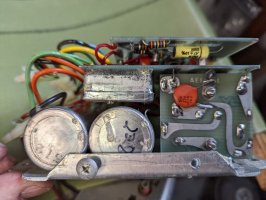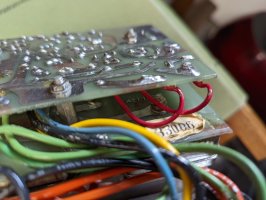John, I have a vague theory about yours where the symptom is that they "wind-up" but only flash when turned off:
If they are PSs according to
this patent then something is amiss around "Q1" where the voltage at terminal B2 is staying above where it belongs relative to the emitter (the little arrow, not labeled).
If this is true, and if you have a variable bench power supply and bring it up to the strobe PS's correct input voltage, you might notice that every time you nudge the supply voltage _down_ just a little bit, it will flash...at least that's what I've seen many times with these PSs.
I do _not_ understand this part of the circuit clearly...and I'm still trying to get my head around what the patent says, but I think the effect of B2 seeing any slight voltage higher than intended, has the effect of lengthening the flash time constant.
I wouldn't advise this as an experiment (because of the threat of overcharging the caps) but if the PS were allowed to run, at some point, voltage in C2 will eventually accumulate to be be enough for Q1 to trigger (but it might literally be many seconds/minutes between flashes).
Maybe "D2" is no good and allowing N3 to prematurely "pump back" to raise the voltage at Q1's B2 terminal. Maybe the primary caps themselves aren't up to
par but I can't explain exactly why they could cause this problem.
Hopefully, at least an idea or two.


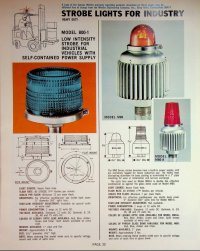
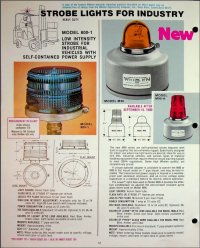
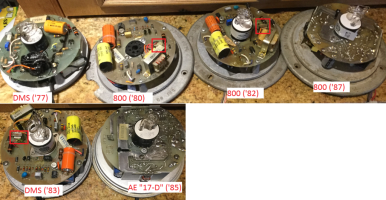
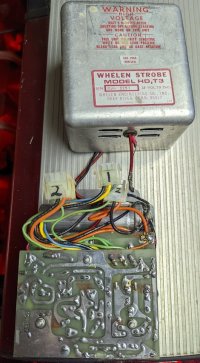
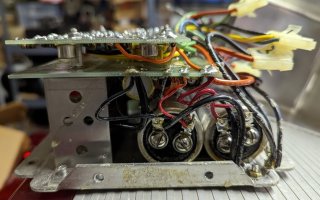
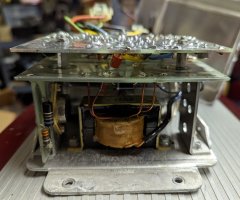
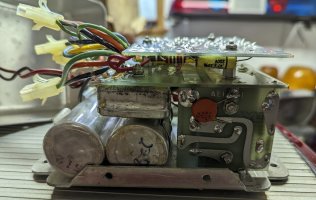
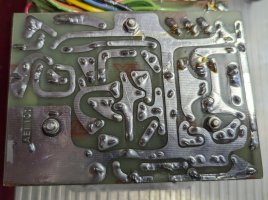
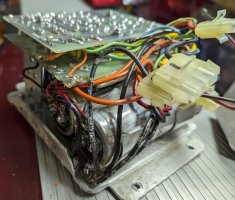
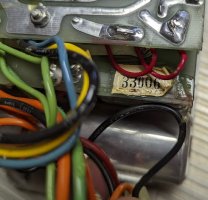
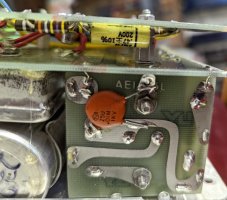
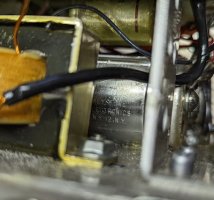

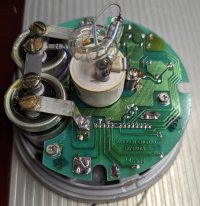
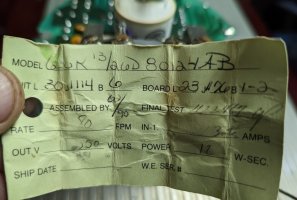
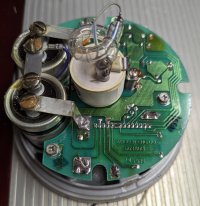
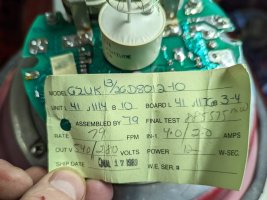
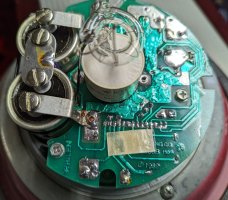
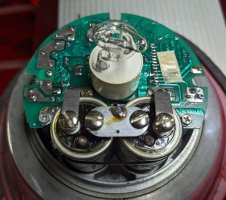
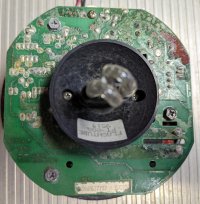
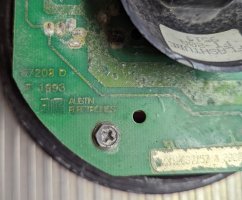
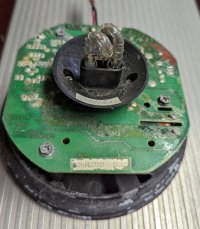
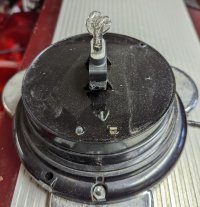

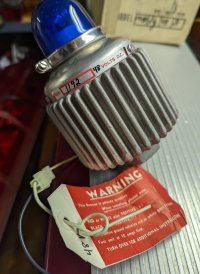
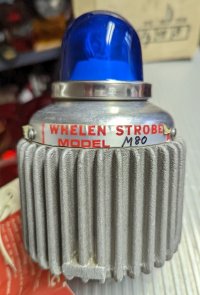
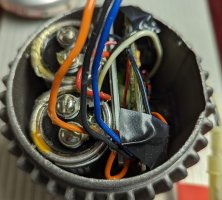
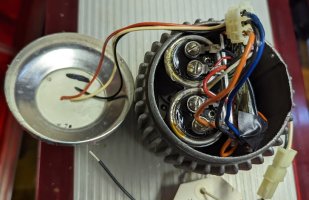
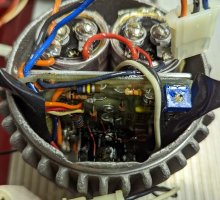
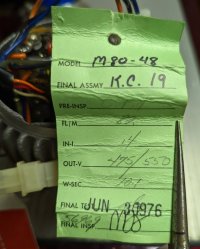
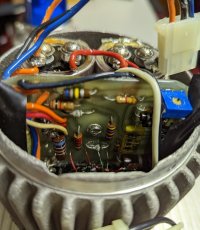
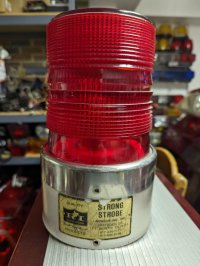
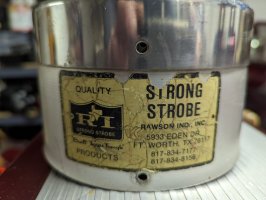
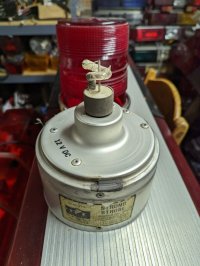
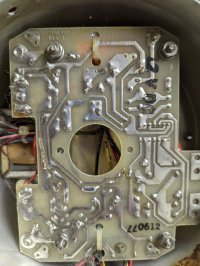
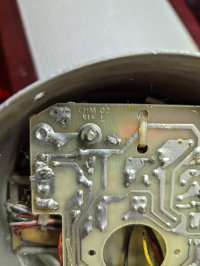
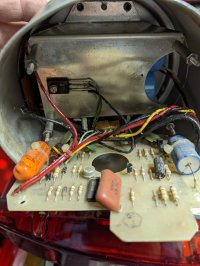
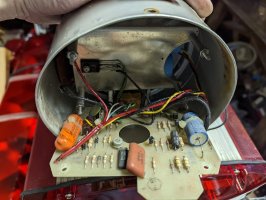
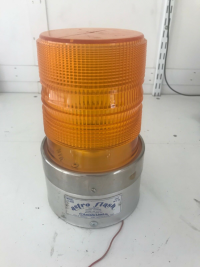
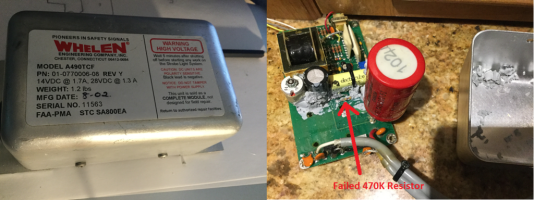
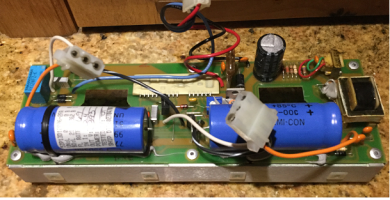
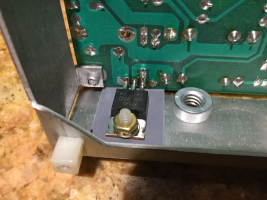
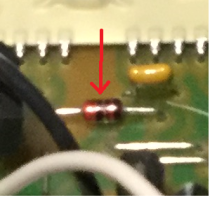
)
